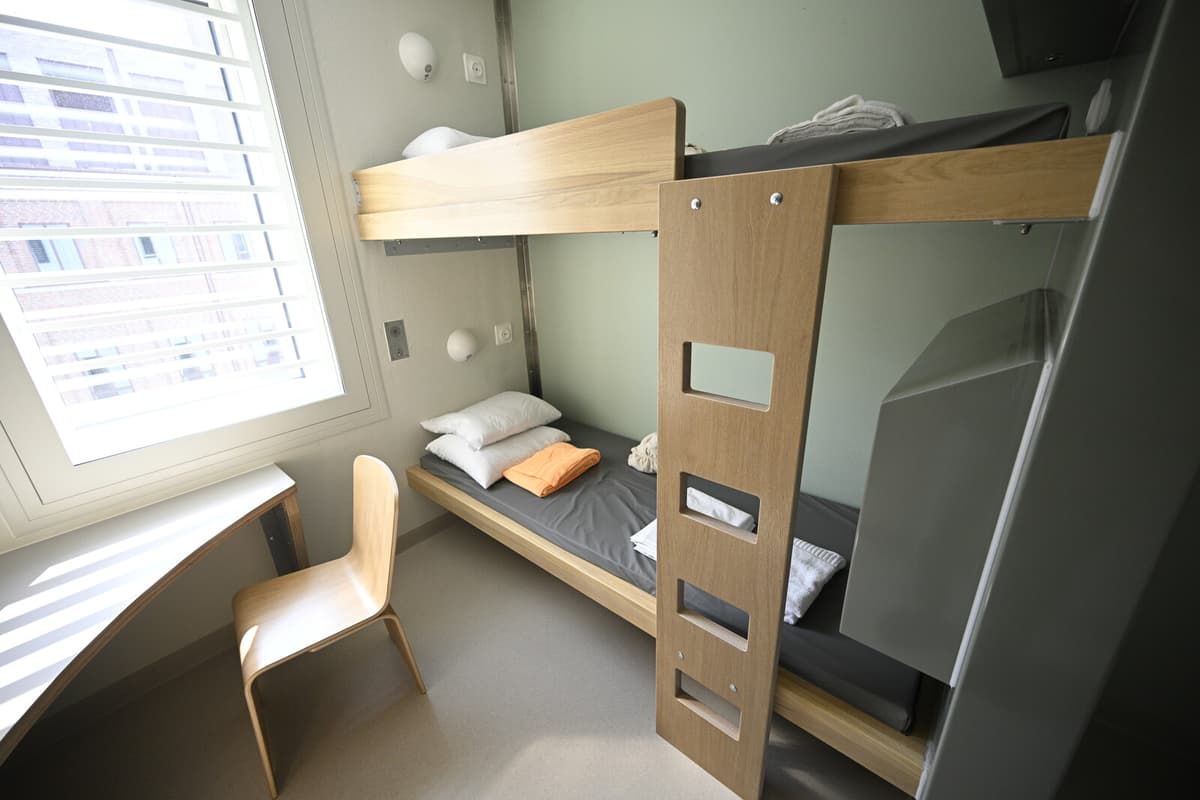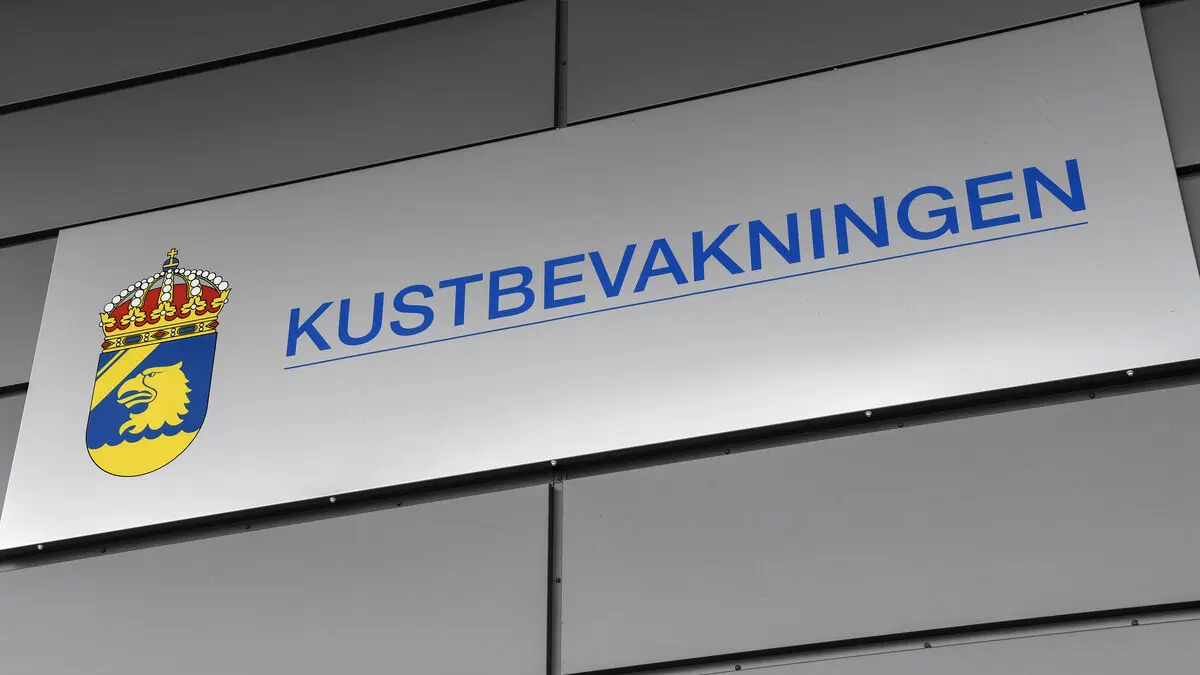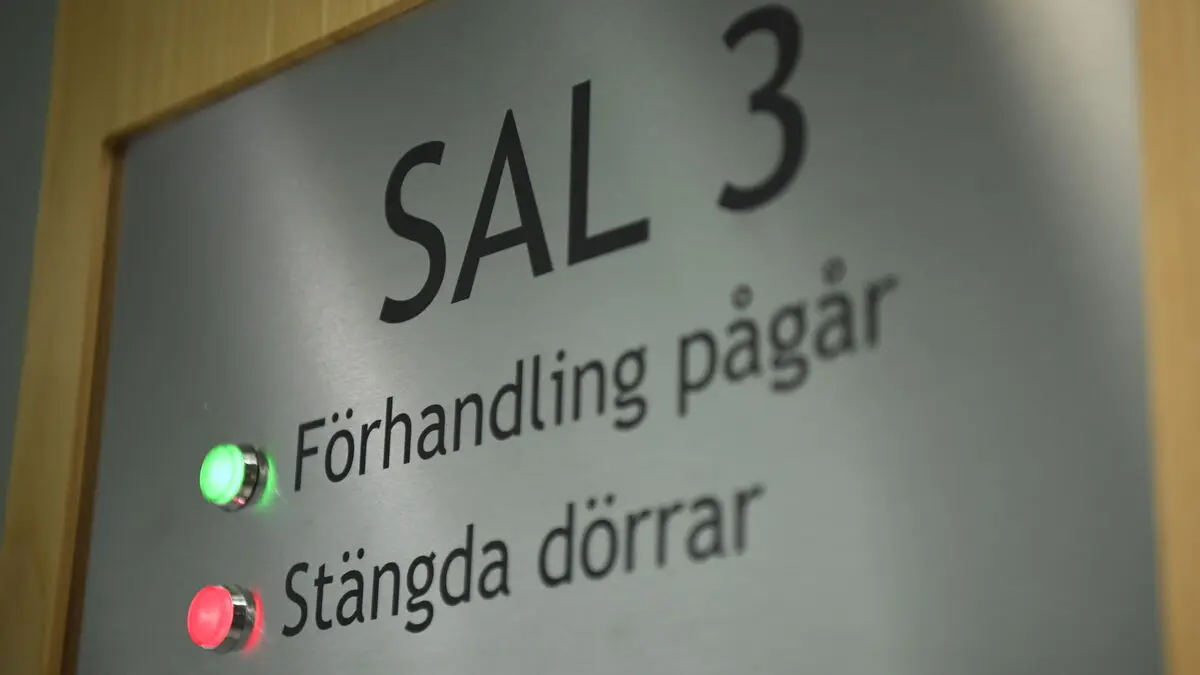The report "From rehabilitation to overcrowded cells" shows that violence and threats are part of daily life for many employees within the Prison and Probation Service.
In a survey, nearly two out of five employees at class 1 facilities, the highest security level, state that they have been exposed to threats and violence during the past year. One in four stated that threats and violence occur daily at class 1 facilities.
It's unreasonably high levels. If we go back in the history of the Prison and Probation Service, I don't think we've ever seen such a development within the facilities, says Joachim Danielsson, the chairman of the Union within the Prison and Probation Service.
Overcrowding
When the Prison and Probation Service is expected to receive more inmates, the situation risks becoming even worse, both for the inmates and the staff, according to the trade union.
Over 60 percent of the respondents experience that overcrowding – when inmates are forced to share cells – increases the risk of threats and violence to a very high or fairly high degree.
Only four percent believed that shared cells affect the risk little or not at all.
Among those who actually work with inmates affected by overcrowding, more than eight out of ten employees link the congestion to an increased risk of violence and threats.
Today, staff are forced to work with people who have their sentences on an area that was perhaps intended for ten individuals to be for 20, says Joachim Danielsson.
Clear connection
According to Danielsson, it is clear that congestion and overcrowding lead to more violence and threats – and worse correctional care.
Everything points to the fact that the facility environment becomes negatively affected due to the overcrowding problem. This is shown by all available statistics and experience.
In the report, the Union notes that the Prison and Probation Service plans to increase the number of places in prisons and remand centers from 11,000 to 29,000 by 2034. At the same time, the staff will be doubled, which still means fewer employees per inmate.
Danielsson emphasizes that less congestion usually yields better results.
During the period from 2004 onwards, the Prison and Probation Service chose to focus its operations on smaller units with fewer inmates and good staffing. This led to very good results for the recidivism prevention activities.





